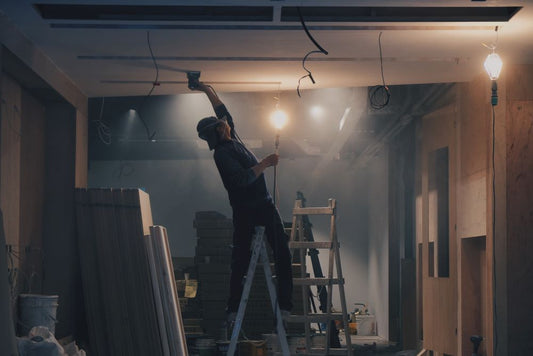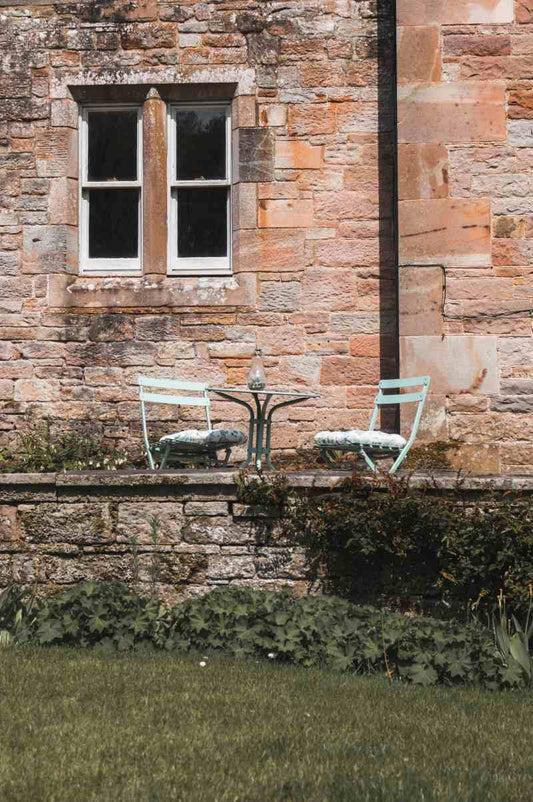Line blocks are essential tools in various construction and masonry projects. They provide alignment for bricks, blocks, and other building materials, ensuring that structures are straight and level.
When bricklayers do not use line blocks to guide their work, their walls may end up out of alignment - not a good situation to be in.
With the aid of a line block, the bricklayer can ensure his wall is straight and even. That result makes the extra setup time worth it. Not just anyone can use a line block.
It takes time to master how to use it so your walls come out perfect every time.
Choosing the right line blocks for your specific needs is crucial for the success and efficiency of your project. In this article, we'll discuss what line blocks are, the different types available, and the key factors to consider when selecting the perfect line blocks for your job.
What are Line Blocks and How Do They Work?
Line blocks are small, usually rectangular, or square-shaped devices made of various materials, such as wood, plastic, or metal. They are designed to hold a line (typically a mason's line) securely in place to guide the installation of bricks or blocks in a straight and level manner. Line blocks work by stretching the line between the two blocks and then adjusting them to the desired height or alignment.
The line is stretched tightly between two line blocks and serves as a reference point for laying bricks or blocks. This ensures that each layer is level and the structure remains straight and true throughout the construction process.
The Different Types Of Line Blocks Available
Line blocks come in various materials and designs to cater to different construction and masonry needs. Some of the common types of line blocks include:
- Wooden Line Blocks: These are traditional line blocks made from wood. They are lightweight and easy to handle, making them a popular choice for smaller projects. Wooden line blocks are cost-effective and readily available.
- Plastic Line Blocks: Plastic line blocks are durable and resistant to moisture and chemicals. They are suitable for long-term use in various weather conditions, making them a great choice for outdoor projects.
- Metal Line Blocks: Metal line blocks, often made from aluminium or steel, offer superior strength and durability. They are ideal for heavy-duty projects and can withstand rough handling and exposure to the elements.
Factors To Consider When Choosing Line Blocks
When selecting line blocks for your project, it's essential to consider several factors to ensure they meet your specific needs:
- Material: The material of the line blocks is a crucial factor. Wooden blocks are lightweight and affordable but may not be as durable as plastic or metal. Consider the environmental conditions your line blocks will be exposed to and the expected duration of use.
- Size: Line blocks come in various sizes, typically ranging from 3 to 6 inches in length. Choose the size that aligns with your project's needs. Smaller line blocks may be suitable for detailed work, while larger blocks offer stability for heavy construction.
- Shape: Line blocks are available in both rectangular and square shapes. The choice between these two shapes may depend on personal preference and the specific alignment requirements of your project.
- Weight: The weight of line blocks can affect their stability. Lighter blocks are easier to handle but may not hold up in windy conditions or heavy-duty applications. Heavier blocks offer more stability but can be more cumbersome.
- Strength: If your project involves heavy masonry work or significant pressure, opt for line blocks made from durable materials like metal. Weaker blocks may break or warp under such stress.
- Durability: Consider the longevity of your line blocks. For long-term use, plastic or metal line blocks may be a better investment. If you have a one-time project, wooden blocks may suffice.
- Cost: Your budget is a significant factor in choosing line blocks. While wooden line blocks are usually the most budget-friendly option, consider whether the added durability and features of plastic or metal blocks justify the higher cost.
Some Final Words
Choosing the right line blocks is essential for ensuring the accuracy, stability, and efficiency of your construction and masonry projects. Understanding the various types of line blocks available and considering the factors discussed above will help you make an informed decision.
While wood and plastic are the most common construction materials used in making line blocks, The FitzBrick Profile Line Block and the Fitzbrick Penny Clamp are made from stainless steel.
These top-line blocks meet every criteria listed above. They are strong, durable, easy to use, and do not cost a lot of money. To find these top-line blocks just go to our website, https://brickworktools.com/, and see how good they are.
Designed by a bricklayer with over 40 years of bricklaying experience, The Fitzbrick tools are essential for every bricklayer wanting to do a good job.




